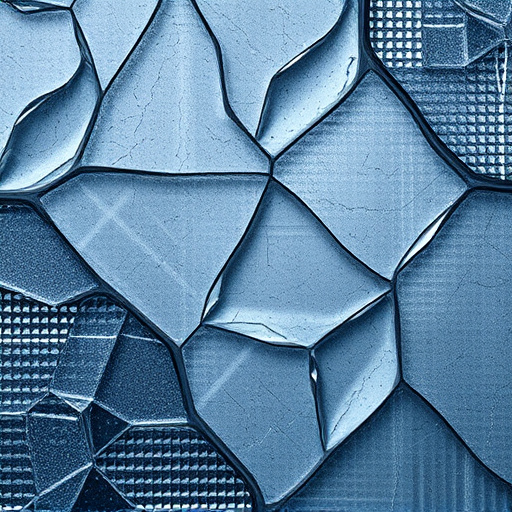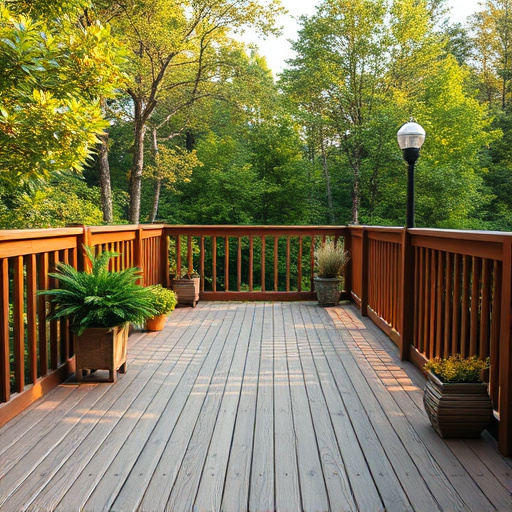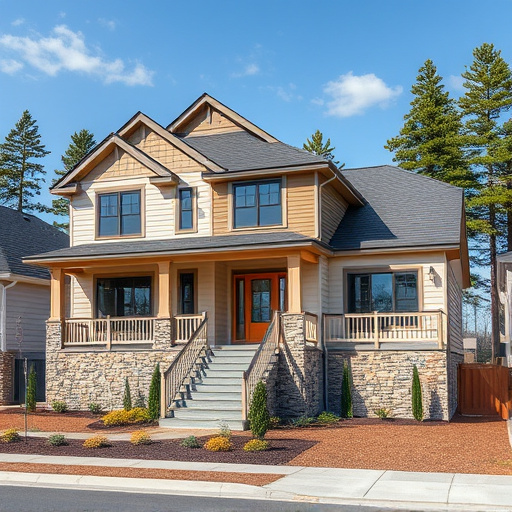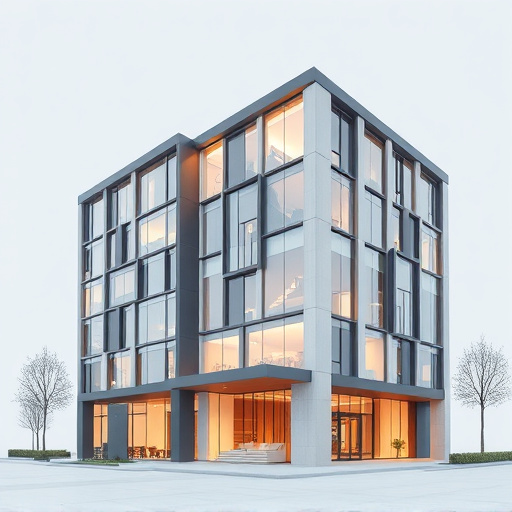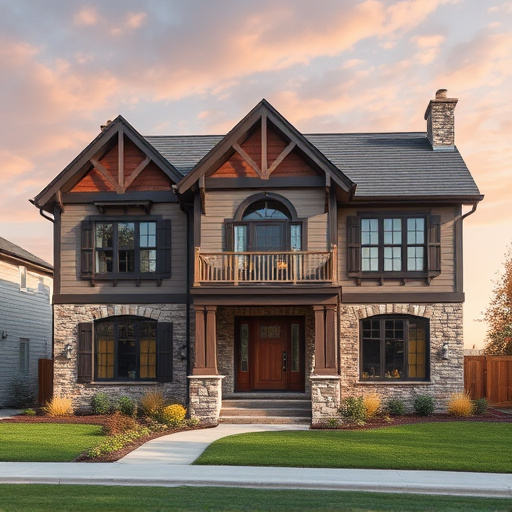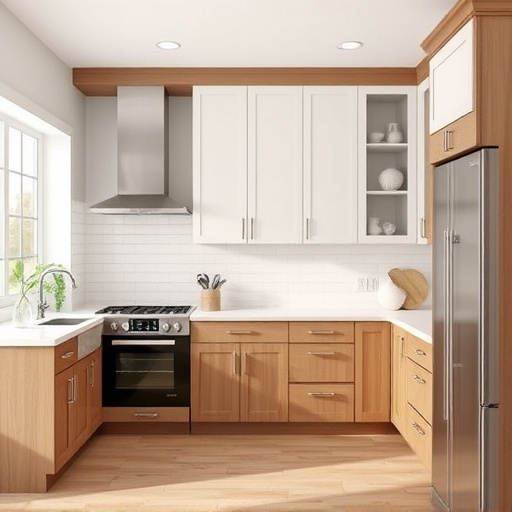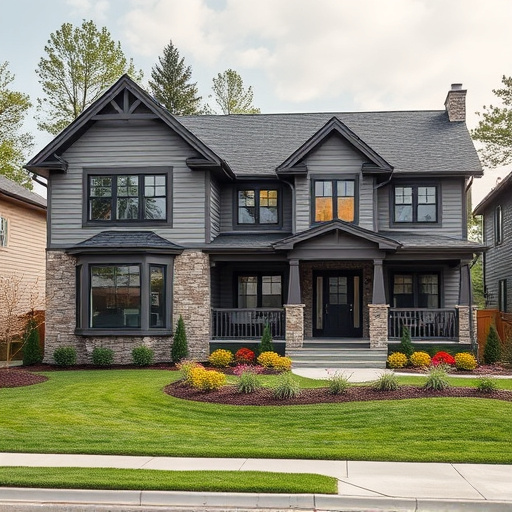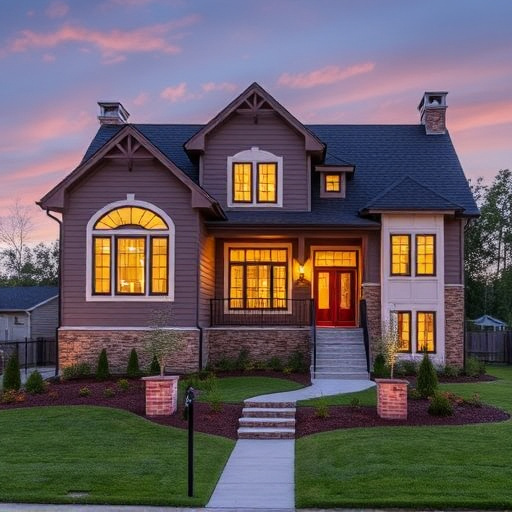Rug and fabric layering in design interiors is a cost-effective way to add depth, texture, warmth, and visual appeal. Using natural fibers like wool, linen, and silk, designers can transform spaces, from cozy reading nooks to grand entranceways, by strategically integrating textiles during home renovations and improvement projects, reflecting current trends.
“Elevate your design interiors with the art of layering rugs and fabrics. This strategic approach adds depth, texture, and visual interest to any space. In this article, we’ll guide you through the fundamentals of rug layers, explore a range of fabric choices, and uncover techniques to create harmonious, visually appealing environments. Discover how the right combination can transform your design interiors into captivating, inviting spaces.”
- Understanding Rug Layers: Design Basics
- Fabric Choices for Dimensional Depth
- Creating Visual Harmony Through Textures
Understanding Rug Layers: Design Basics
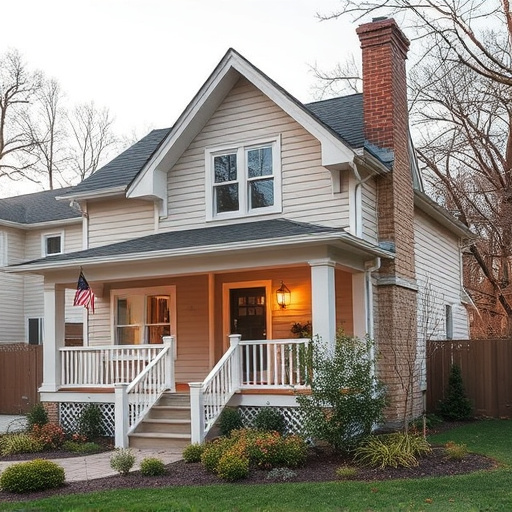
In design interiors, understanding rug layers is a fundamental aspect of creating visually appealing and functional spaces. Rug layering involves strategically placing multiple rugs or fabric pieces on top of one another to achieve depth, texture, and warmth in a room. This technique can elevate both modern and traditional designs, offering a creative way to personalize any space. By combining different sizes, shapes, patterns, and materials, designers can craft unique areas that invite comfort and conversation.
For instance, in a bathroom remodel, layering rugs can add a cozy touch to cold floors, enhancing the overall ambiance. Home transformations benefit greatly from this method, as it allows for easy swaps of rug arrangements to suit various occasions or personal tastes. Home improvement services often incorporate rug layering as a cost-effective and stylish way to refresh spaces without major renovations, making it a sought-after technique in contemporary interior design practices.
Fabric Choices for Dimensional Depth
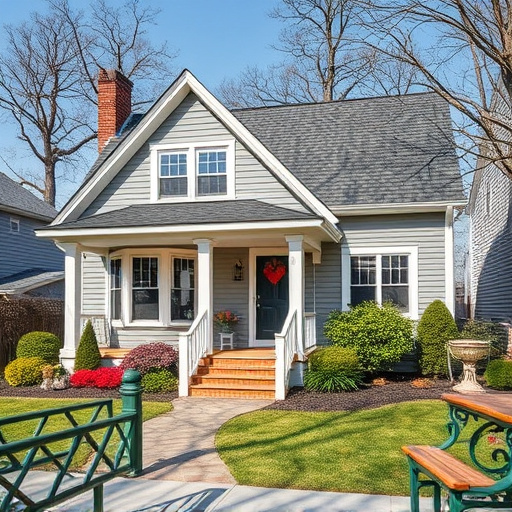
When it comes to adding depth and dimension to a space through textiles, the fabric choices are as diverse as the design possibilities. In design interiors, selecting the right fabrics can transform a room from flat to fascinating. For a sophisticated look, natural fibers like wool, linen, and silk offer luxurious textures that enhance both visual appeal and comfort. These materials not only add warmth but also create a sense of texture that engages the senses, making the space more inviting.
In home transformations or renovations, strategic fabric layering can provide an elegant floor replacement solution. By combining different fabrics—from plush throw blankets to intricate area rugs—you can craft a visually stunning and tactile experience. This technique allows for creative interplay of colors, patterns, and textures, turning ordinary floors into a focal point in the room. Whether aiming for a cozy reading nook or a grand entranceway, the right fabric combinations can elevate your home renovation efforts and make your design interiors truly remarkable.
Creating Visual Harmony Through Textures
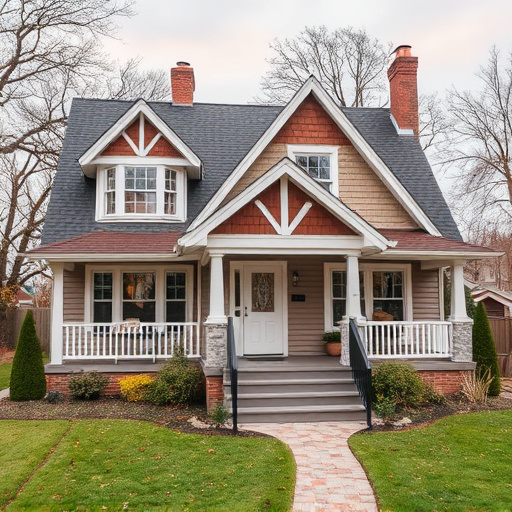
In design interiors, creating visual harmony through textures is a subtle yet powerful tool. Layering rugs and fabrics allows for a dynamic interplay of tactile elements that enriches the space’s overall aesthetic appeal. By combining different materials like plush carpets, woven rugs, and soft cushions, designers can establish depth and dimension, transforming a room into a symphony of textures. This technique is particularly effective in spaces such as living areas or bedrooms, where a cozy and inviting atmosphere is desired.
In a kitchen remodel or home improvement services project, thoughtfully integrating layered textiles can elevate the mundane to the extraordinary. Soft, plush rugs under tile or hardwood flooring add comfort and warmth, while wall-hung tapestries or woven blinds offer visual interest and texture. These elements work in tandem to create a harmonious setting that is both aesthetically pleasing and functional, reflecting the latest trends in home transformations.
Incorporating layers of rugs and fabrics into design interiors is a versatile way to add depth, texture, and visual interest. By understanding rug layering principles, selecting appropriate fabric choices, and harmonizing textures, designers can create spaces that are both inviting and visually captivating. These techniques enhance the overall aesthetic appeal of any interior setting.


